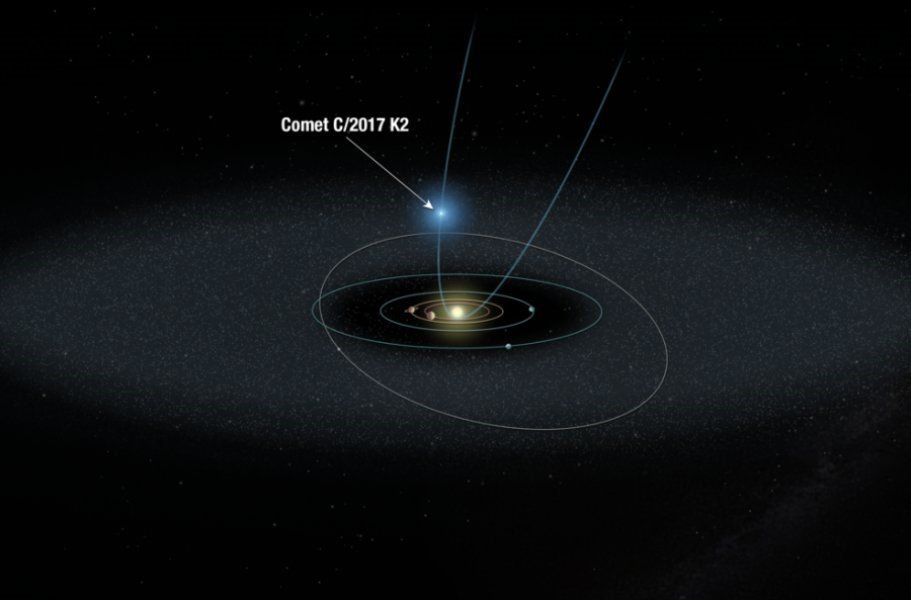This web page is created within BALTICS project funded from the European Union’s Horizon2020 Research and Innovation Programme under grant agreement No.692257.
VUAS application of the fundamental and applied research project has been approved
aug. 01, 2018
Ventspils University of Applied Sciences Engineering Research Institute Ventspils International Radio Astronomy Centre (VUAS ERI VIRAC) in collaboration with University of Latvia Institute of Astronomy (UL IA) developed the Latvian Council of Science grant project "Complex Investigations of the small bodies in the Solar system" has been highly valued and financially approved.
This is the first step of the two leading Latvian astronomical institutes in the field of planetary scientific research. The project envisages several activities related to observations of small bodies in the Solar system (especially - asteroids and comets) using three unique astronomic instruments in the Baltics - UL IA optical Baldone Schmidt telescope and VUAS VIRAC radio telescopes RT32 and RT16 in Irbene.
The project envisages four research directions:
- Monitoring of asteroids, comets and Near Earth Objects (NEO) using the Schmidt Optical Range Telescope in Baldone; ;
- Asteroid and comet photometry research;
- Simultaneous execution of the observations of the hydrogen maser emitted by the comet (using radio telescopes in Irbene) with the observations of the brightness of the comet (using the Schmidt telescope in Baldone);
- processing and interpretation of observational data
Comet C/2017 K2 (PANSTARRS)
During the implementation of the project it is planned to observe several small bodies of the Solar system. One of them is comet C/2017 K2, PANSTARRS.
Project activities are planned to be implemented in the period from 1 September, 2018. until 31 August, 2021, and the total funding is 300000 euros, of which 136500 euros are planned to be directed to the implementation of VUAS VIRAC activities. A total of 12 researchers are planned to be involved in the project, 5 of whom are representatives of VUAS VIRAC with experience in performing radio astronomical observations and processing and interpretation of the obtained data, as well as Maria Nechaeva who has more than 50 scientific publications and competence in project research directions. The project manager is Ilgmārs Eglītis, the director of UL IA but the work of VUAS VIRAC will be coordinated by leading researcher Normunds Jēkabsons.
Image from: ScienceDaily raksts “Farthest active inbound comet yet seen”, 28.09.2017., NASA.
E-pasts: virac@venta.lv
Tālrunis: +37163629656
Ekskursijas: +37129230818
Inženieru iela 101, Ventspils, LV-3601
Paldies par ziņu.
Mēs ar jums sazināsimies cik drīz vien iespējams.
Atvainojiet, ir notikusi kļūda.
Diemžēl ziņu nosūtīt neizdevās.
Lūdzu mēģiniet vēlreiz, vai sūtiet ziņu uz virac@venta.lv



















